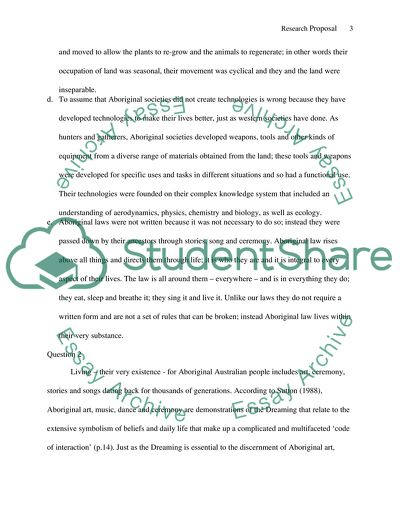Cite this document
(Aboriginal Culture Assignment Example | Topics and Well Written Essays - 1750 words, n.d.)
Aboriginal Culture Assignment Example | Topics and Well Written Essays - 1750 words. https://studentshare.org/history/1753215-aboriginal-culture
Aboriginal Culture Assignment Example | Topics and Well Written Essays - 1750 words. https://studentshare.org/history/1753215-aboriginal-culture
(Aboriginal Culture Assignment Example | Topics and Well Written Essays - 1750 Words)
Aboriginal Culture Assignment Example | Topics and Well Written Essays - 1750 Words. https://studentshare.org/history/1753215-aboriginal-culture.
Aboriginal Culture Assignment Example | Topics and Well Written Essays - 1750 Words. https://studentshare.org/history/1753215-aboriginal-culture.
“Aboriginal Culture Assignment Example | Topics and Well Written Essays - 1750 Words”. https://studentshare.org/history/1753215-aboriginal-culture.


